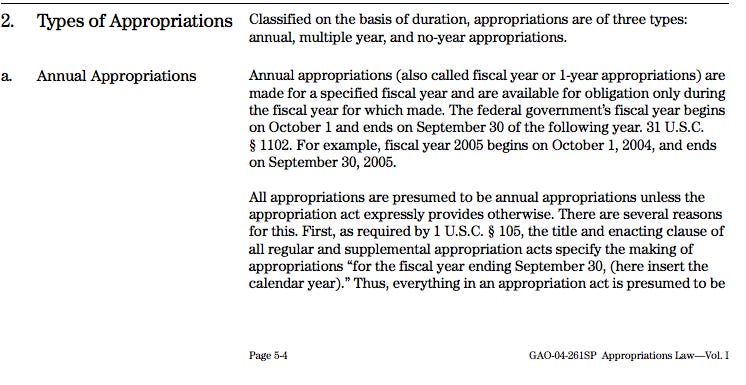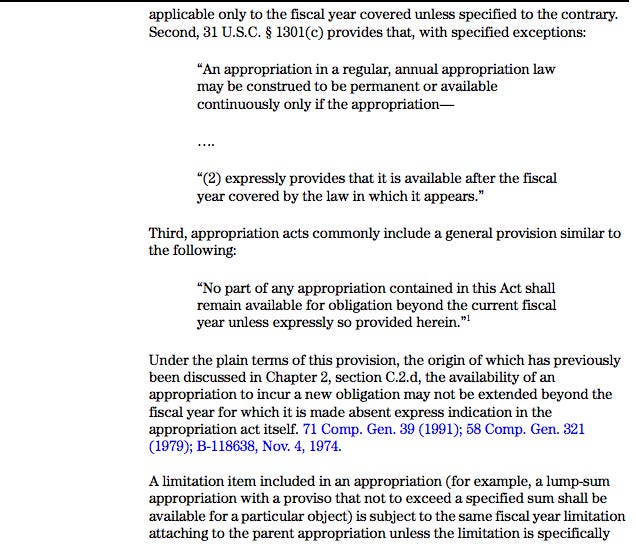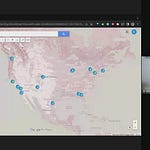On August 13, 2025, a divided Ninth Circuit once again denied The GEO Group’s attempt to overturn a landmark $23 million jury verdict. The ruling sets the stage for GEO’s petition for certiorari to the Supreme Court, where the company already has another case pending oral argument next term. In a rare break from form (and masked plea for sanity in judicial fact-finding) I react to this week’s 9th Circuit’s decision and the larger trends it reveals.
I mentioned in the video that I thought it might be helpful to provide some resources proving the point about why the $1-a-day rate Congress set in the 1970s doesn’t apply today. Here are just a few:
Appropriations Duration of Availability: One-Year, Multi-Year, and No-Year Funds, Congressional Research Service Report No. R48087 (Jun. 7, 2024). Link
Appropriations law specifies that funding provided in appropriations bills is available for one fiscal year unless specified otherwise. This means that multi-year and no-year availability must be expressly provided in the bill text for a given appropriations account.
Shutdowns/Lapses in Appropriations Law, Government Accountability Office (last visited Aug. 14, 2025) Link
Principles of Federal Appropriations Law aka “The Red Book”, Government Accountability Office. (last visited Aug. 14, 2025) Link.
The legal reasoning INS and ICE have used since at least 1992 for justifying the $1-a-day rate—that Congress set the rate in FY79 and hasn’t disturbed it since—bears no resemblance to the actual law governing federal appropriations. The dissenters’ acceptance of GEO and DOJ’s invitation to import this mistake into jurisprudence and make it the law of the land violates the separation of powers and the Congressional spending power. For this reason alone, the dissenters are incorrect.










